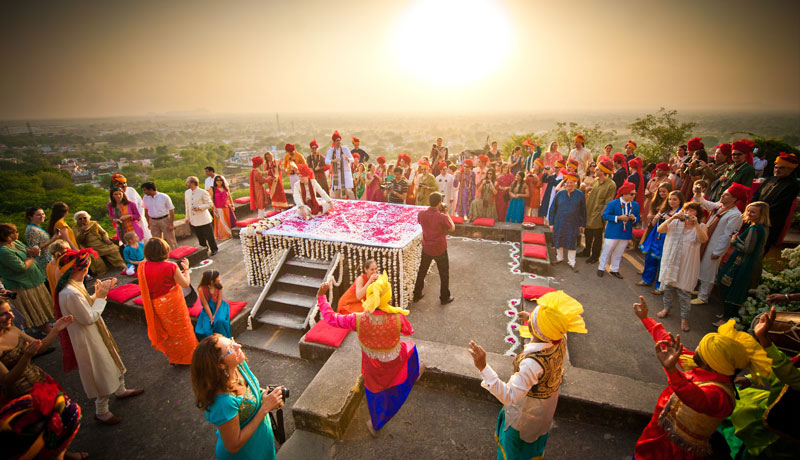The institution-shattering forces unleashed by the French Revolution were successfully refocused upon Europe by Napoleon. The French tide swept over the continent, and even across the Mediterranean, leaving the remnants of many ancien regimes refashioned in its wake. The responses to France’s reassertion of cultural preeminence varied from uncritical enthusiasm to repugnance, and from nuanced appreciation to the love-hate affair the Russian aristocracy carried on for the next century. Napoleon invaded Egypt yet crafted enlightened policy sympathetic to Islam, resurrected Roman civil law, inspired Beethoven, challenged Goethe and Tolstoy to think again, and bankrolled a return to grandeur in the fine arts. Only the British successfully resisted both his armies and his cultural influence.
Moderator: Roger Hahn, Emeritus Professor, Graduate School, UC Berkeley
Friday, April 17, 2009
8 pm to 10:15 pm
Napoleon — the Grandeur Restored
Keynote Address by Steven Englund (Ecole des Hautes Etudes en Sciences Sociales and American University of Paris [now part of New York University])
Napoleon the man, Napoleon the general, and Napoleon the Emperor; what elements led to the election and rise to power of the 27-year-old minor Italian nobleman? Napoleon provided the promise of glory for the French following the horrors of the revolution, but many additional factors influenced his ability to mesmerize the world.
Napoleon and the Visual Arts
Michael Marrinan (Stanford University)
Napoleon spent lavishly on the arts of all media: from grand-scale projects of architecture to finely-wrought personal objects; from wall-sized paintings to books and prints; from monumental sculptures to porcelains of extreme elegance. Across this broad spectrum of patronage, no single style can be called emblematic of the Empire. How could it? Napoleon emerged from the ruins of the First Republic to erect a government of social and political elites that mirrored the hierarchies of the old monarchy without renouncing completely the achievements of the Great Revolution. Artists were asked for imagery and symbols to legitimate Napoleonic rule as both a break from the past and an extension of it. Thus, the Emperor’s coronation invoked Charlemagne as historical pedigree to bypass conveniently the line of kings ousted by the Revolution. Public works of classical allusion figured Paris as the new Rome and center of a new Empire. By contrast, history painters were encouraged to break with the Academy’s preference for antiquity by commissioning pictures of contemporary events in modern dress. Sculptors exchanged heroic nudes for military heroes in uniform. Designers of interiors, furnishings, and objects for Napoleon did not eschew the craft and elegance of pre-Revolutionary aristocratic culture, but reshaped them with a functional sobriety in tune with the Emperor’s rationalist pragmatism. A survey of the arts under Napoleon will demonstrate that aesthetic productions of the Empire mirror the myriad political contradictions of their patron.
Saturday, April 18, 2009
10:00 am-12 noon and 1:30 pm to 4:00 pm
Napoleon — Napoleonic Code, Administration Highlights
Laurent Mayali (UC Berkeley Law School)
This lecture focuses on the civil law reforms instituted by Napoleon, and the other positive cultural legacies of his short-lived empire.
Tolstoy’s Napoleon: A Dethronement
Luba Golburt (UC Berkeley)
Napoleon was an enigmatic leader, possessed of great charisma and strategic insight. This is precisely the image that the iconoclast Leo Tolstoy consistently undermines throughout his monumental War and Peace. This lecture traces some of the stages of Napoleon’s dethronement in the novel, examining Napoleon the character’s physique, mannerisms, and his mistaken notions of hero-centered adoration.
Ludwig van Beethoven on Napoleon
Pianist Teresa Yu (San Francisco Conservatory)
A performance of Beethoven’s virtuosic “Eroica Variations,” Op. 35, a set of fifteen variations for solo piano dating from 1802, and based on the same theme Beethoven used in the finale of his “Eroica” Symphony (No. 3), composed the following year and originally dedicated to Napoleon. Typical of the groundbreaking composer, he makes important departures from the standard theme-and-variations form, including a masterful fugue as the finale.
Egyptomania or Orientalism?: Painting Napoleon Bonaparte’s Egypt
Juan Cole (University of Michigan)
The painters who, in subsequent decades, took up the themes of Bonaparte’s Egyptian conquest contrasted splendor and squalor, courage and barbarism, science and fanaticism, masculine vigor and feminine languor. In their stereotypes of East and West, and in the ways that they referred back to traditions of depicting the Orient, some used the expedition as a canvass on which to imagine a Middle East that Europe could and should dominate. Others explored the barbarity of Bonaparte’s own military policies, turning the French expedition into a critique of Western militarism. These differences among the painters reflected European struggles over values of peace versus imperialism as the nineteenth century unfolded.
Panel Discussion
A discussion with questions from the Audience.
Presenters
Juan Cole, History, U Michigan
Steven Englund, History, Ecole des Hautes Etudes en Sciences
Luba Golburt, Slavic Studies, UC Berkeley
Roger Hahn, History, UC Berkeley
Laurent Mayali, Law, UC Berkeley
Michael Marrinan, Art History, Stanford
Teresa Yu, Dean, Santa Clara University


